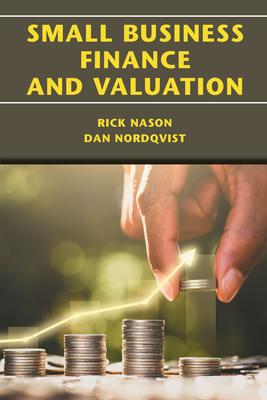12. You have begun consulting for Yummy Yogurt, and they are interested in learning the impact of a digital discount campaign the company recently began. The campaign consists of sending a price discount to prior customers on an infrequent basis-some weeks customers receive the discount while in other weeks they do not. Yummy Yogurt has collected data on the incidence of receiving the discount and whether a purchase was made for 1,000 customers over 16 weeks. The data are in Chap9Prob1213, and the unit of observation is an individual-week. Here, Purchase equals 1 if a purchase of Yummy Yogurt was made in a given week, and 0 otherwise; Discount equals 1 if a discount was offered in a given week, and 0 otherwise. Assume the following data-generating process: Purchase = a + Discount + U. Hence, you are assuming a linear probability model. Also, assume these data are a random sample and there is no correlation between unobservables and Discount. (LO2) a. Using OLS, get estimates for a and . b. Interpret your estimate for B. c. At a 95% confidence level, can you reject the hypothesis that the discount has no effect on the likelihood of purchase? d. Is there reason for concern about limit-violating predictions for this linear probability model? 0 1 2 3 4 5 6 7 8 19 20 21 22 23 24 25 26 27 788858 28 29 30 31 32 A Week 1 1 1 1 1 1 1 1 1 1 1 1 1 1 1 1 1 1 1 1 1 1 1 1 1 1 1 1 1 1 B .co C Customer Purchase 1 0 2 0 3 4 5 6 7 8 9 10 11 12 13 14 15 16 17 18 19 20 21 22 23 24 25 26 27 28 29 30 31 0 1 0 11 1 0 0 1 0 0 1 0 1 0 1 1 0 0 0 1 110 0 0 1 1 0 D Discount 1 1 1 1 0 1 1 0 0 0 0 0 0 1 0 OH 1 0 0 0 0 1 1 0 0 1 1 0 0 1 0 0 E 12. You have begun consulting for Yummy Yogurt, and they are interested in learning the impact of a digital discount campaign the company recently began. The campaign consists of sending a price discount to prior customers on an infrequent basis-some weeks customers receive the discount while in other weeks they do not. Yummy Yogurt has collected data on the incidence of receiving the discount and whether a purchase was made for 1,000 customers over 16 weeks. The data are in Chap9Prob1213, and the unit of observation is an individual-week. Here, Purchase equals 1 if a purchase of Yummy Yogurt was made in a given week, and 0 otherwise; Discount equals 1 if a discount was offered in a given week, and 0 otherwise. Assume the following data-generating process: Purchase = a + Discount + U. Hence, you are assuming a linear probability model. Also, assume these data are a random sample and there is no correlation between unobservables and Discount. (LO2) a. Using OLS, get estimates for a and . b. Interpret your estimate for B. c. At a 95% confidence level, can you reject the hypothesis that the discount has no effect on the likelihood of purchase? d. Is there reason for concern about limit-violating predictions for this linear probability model? 0 1 2 3 4 5 6 7 8 19 20 21 22 23 24 25 26 27 788858 28 29 30 31 32 A Week 1 1 1 1 1 1 1 1 1 1 1 1 1 1 1 1 1 1 1 1 1 1 1 1 1 1 1 1 1 1 B .co C Customer Purchase 1 0 2 0 3 4 5 6 7 8 9 10 11 12 13 14 15 16 17 18 19 20 21 22 23 24 25 26 27 28 29 30 31 0 1 0 11 1 0 0 1 0 0 1 0 1 0 1 1 0 0 0 1 110 0 0 1 1 0 D Discount 1 1 1 1 0 1 1 0 0 0 0 0 0 1 0 OH 1 0 0 0 0 1 1 0 0 1 1 0 0 1 0 0 E








